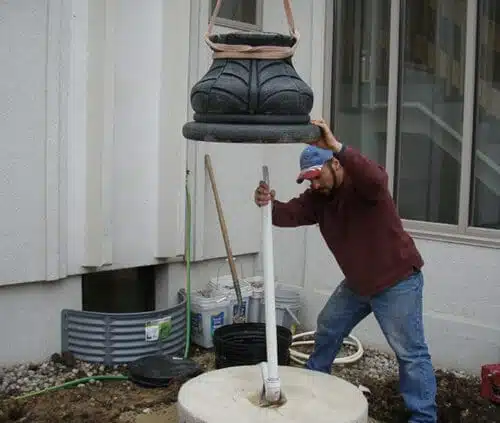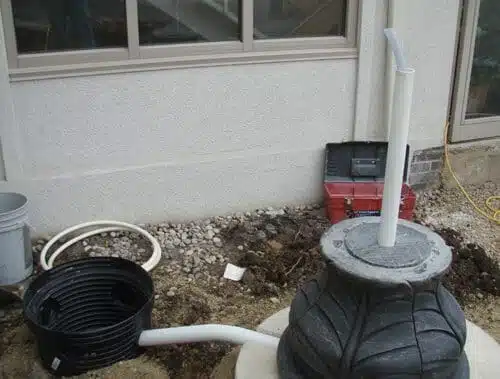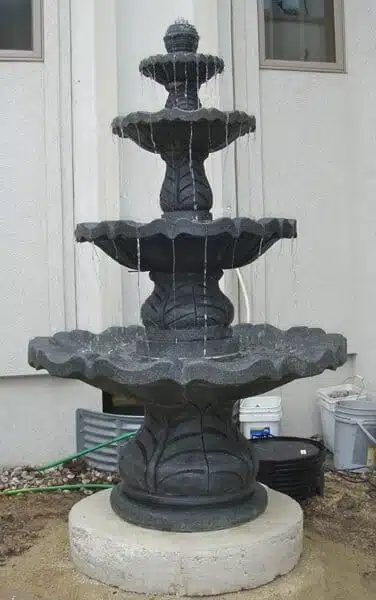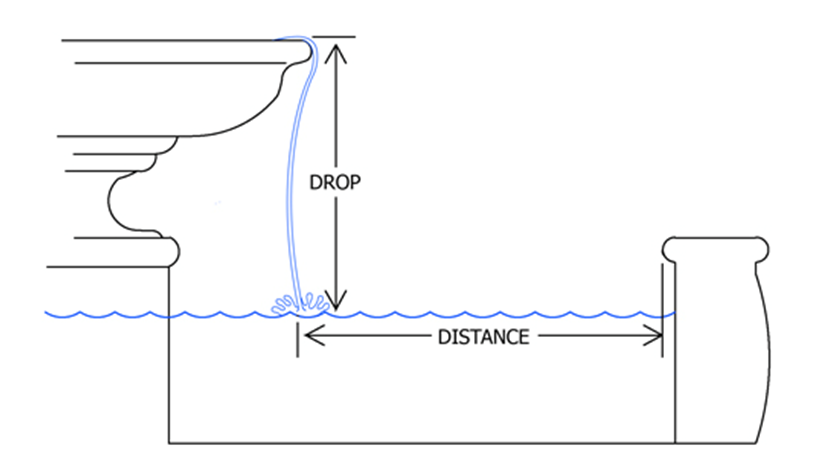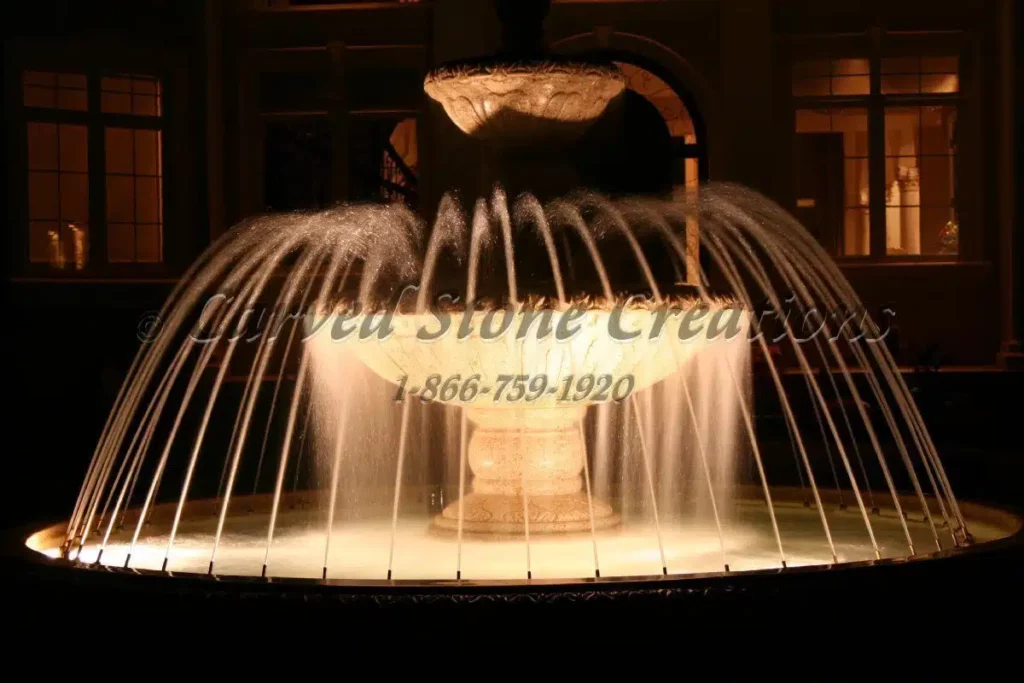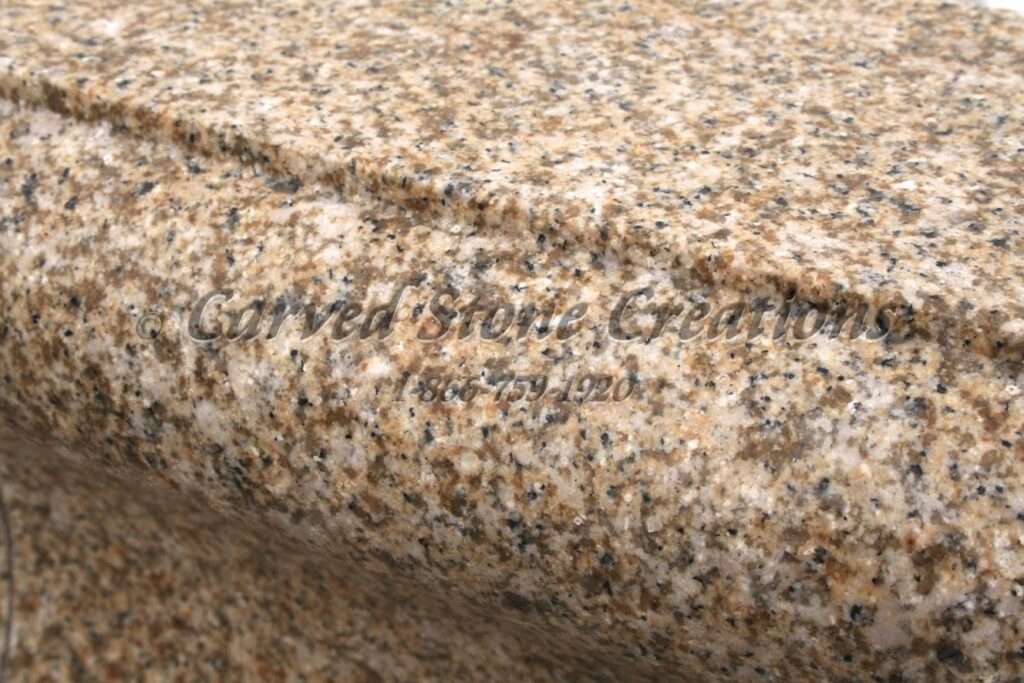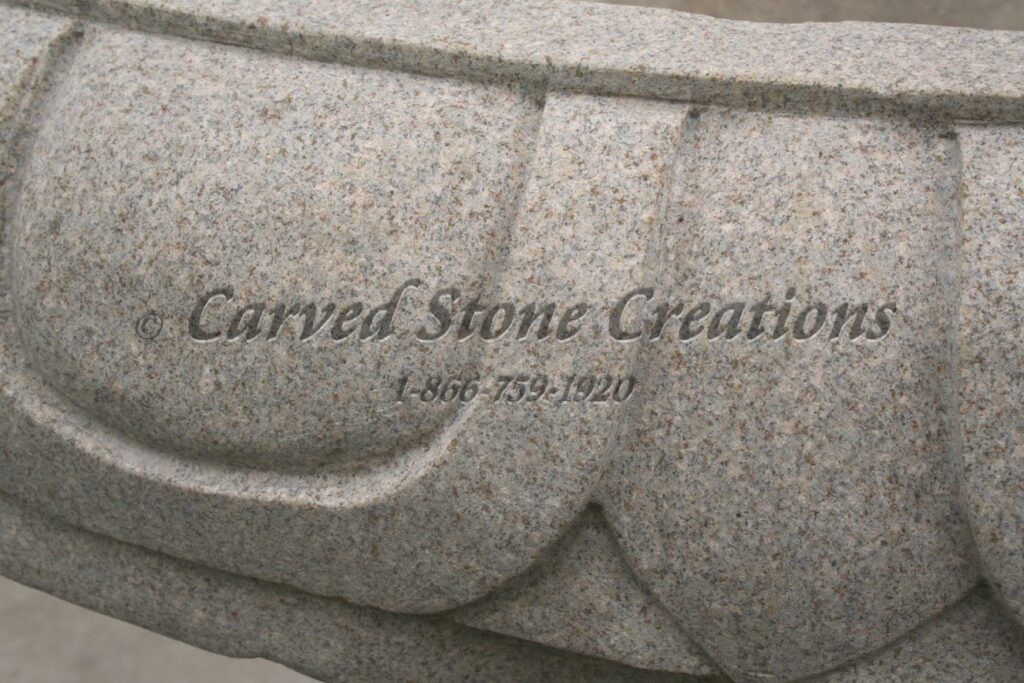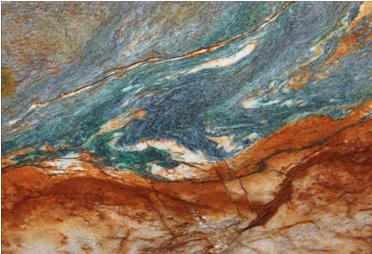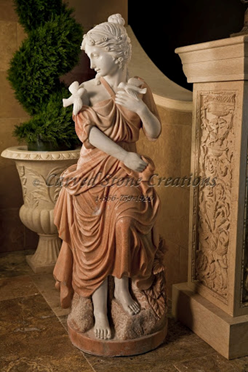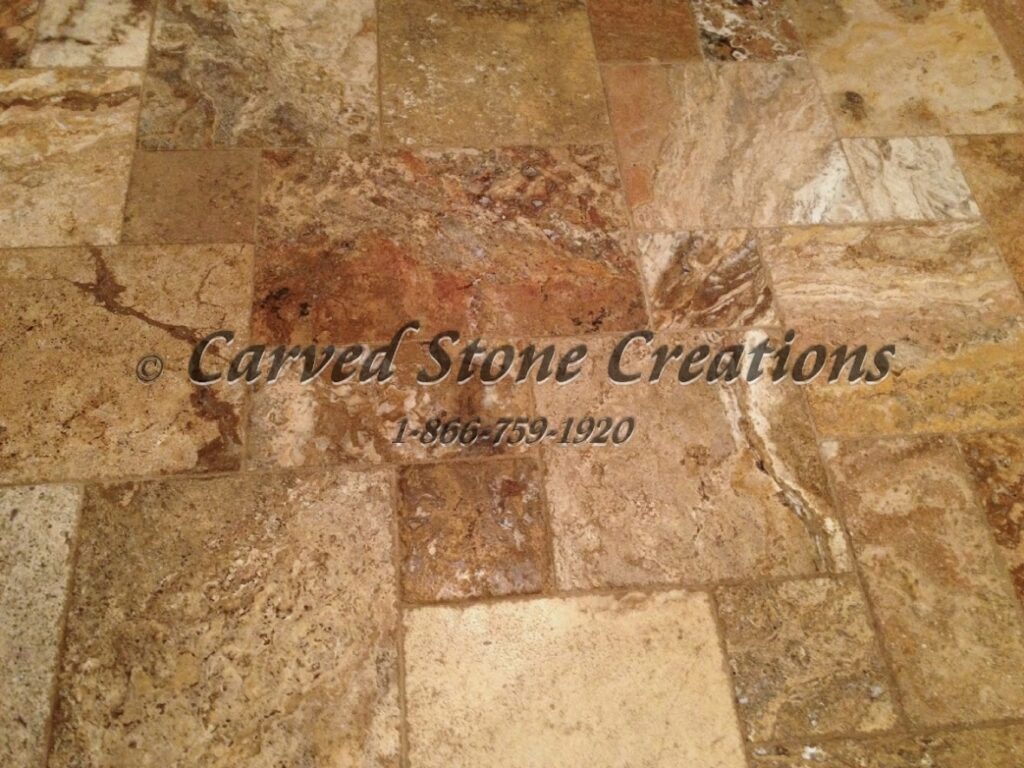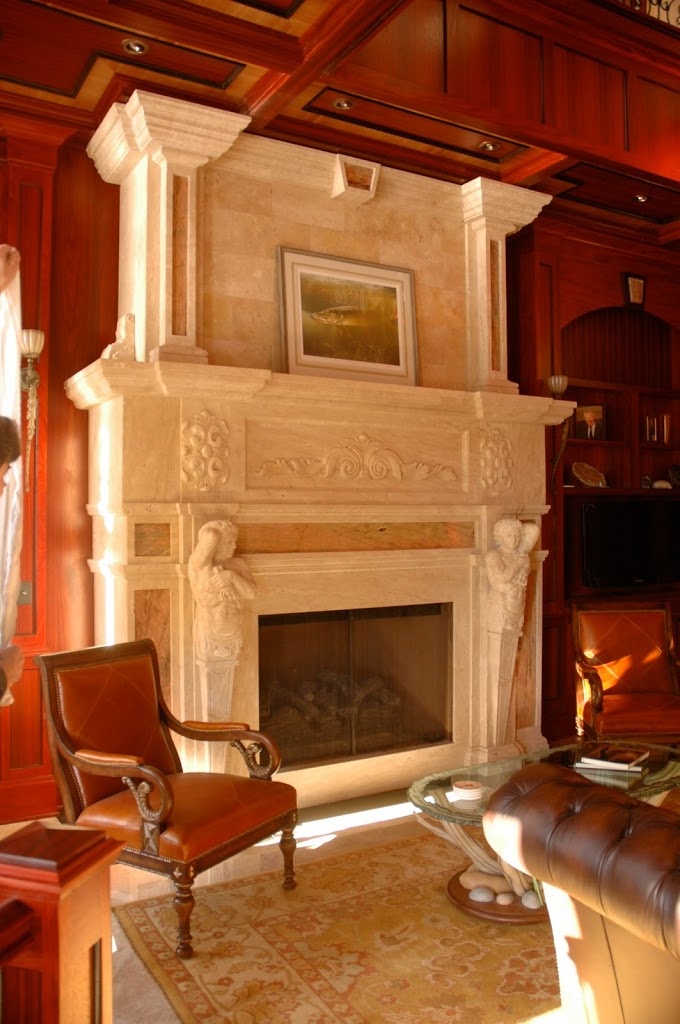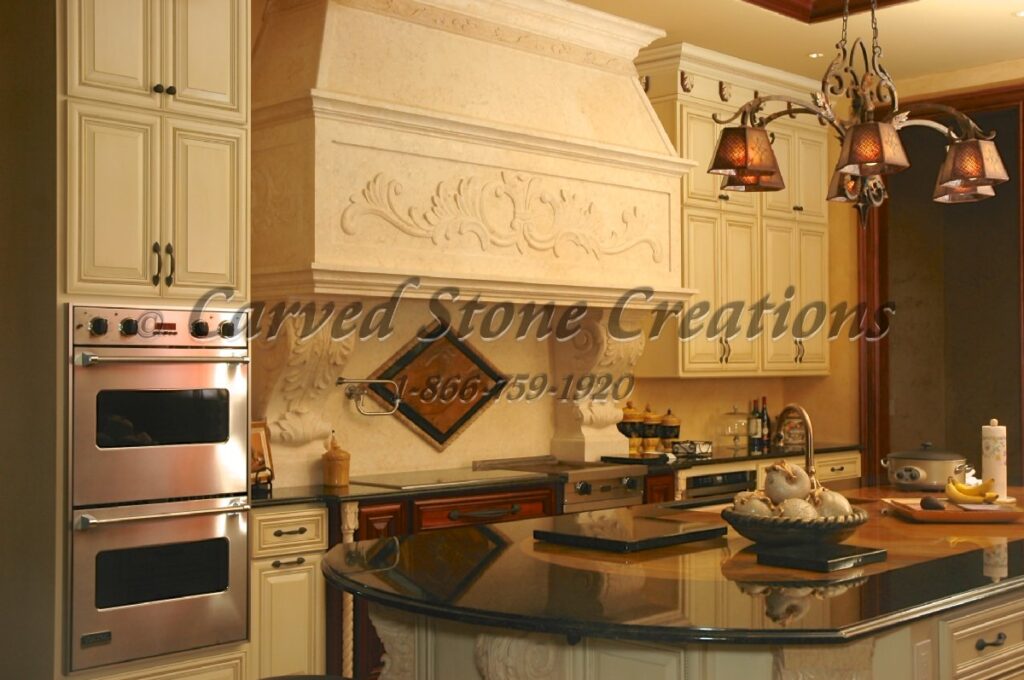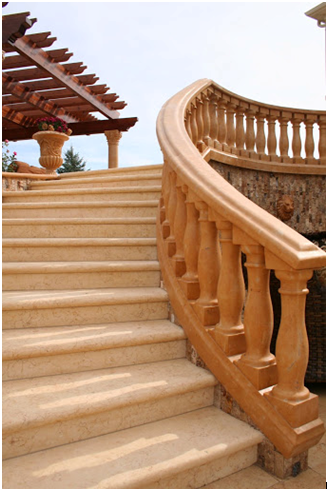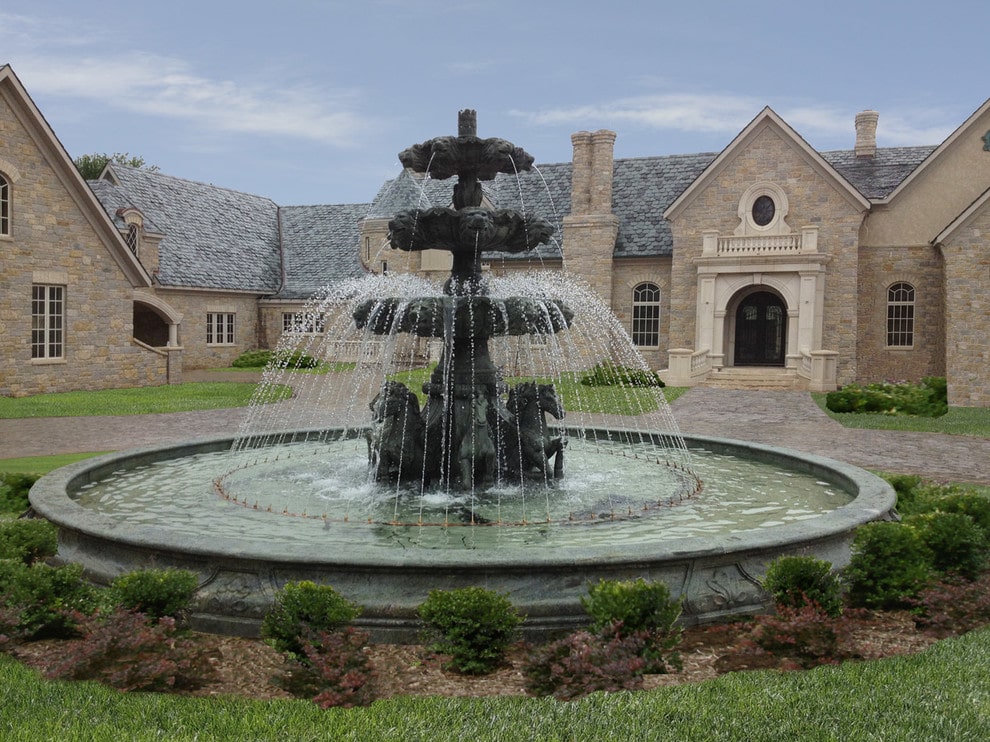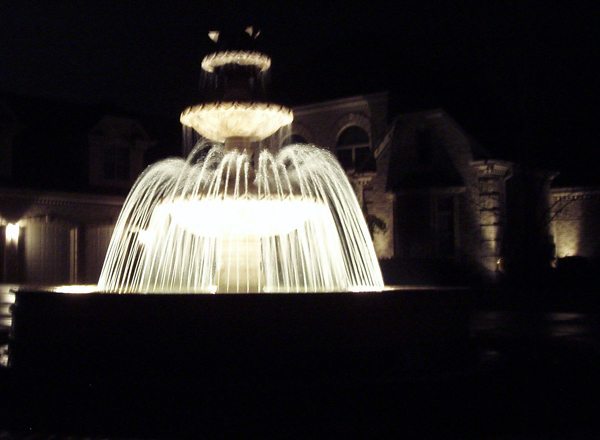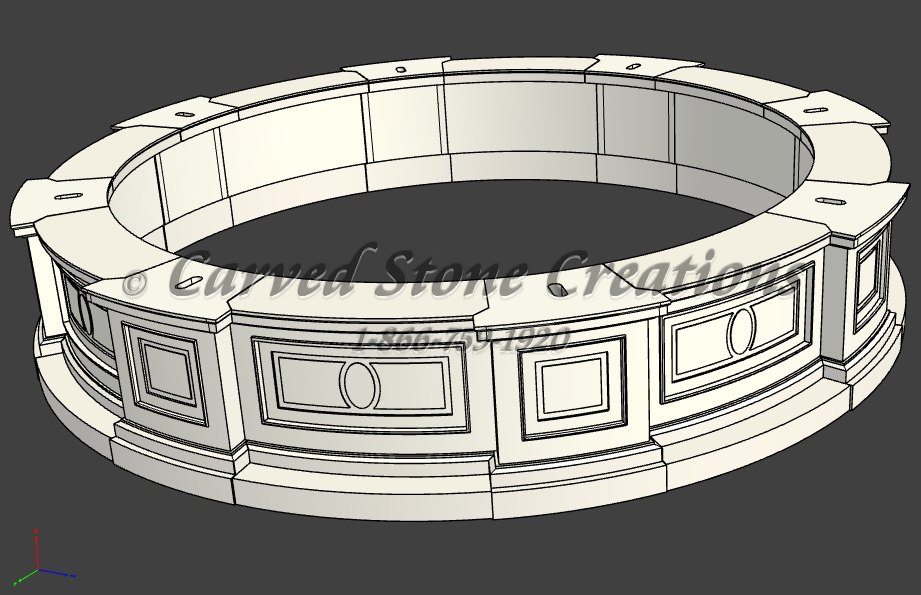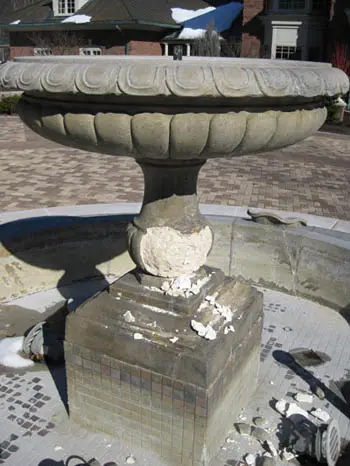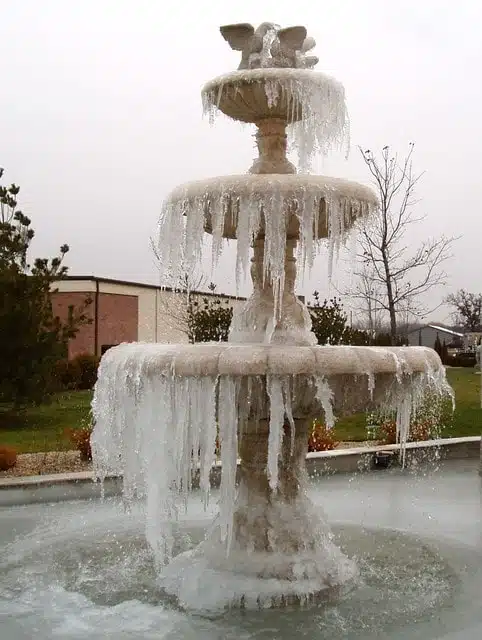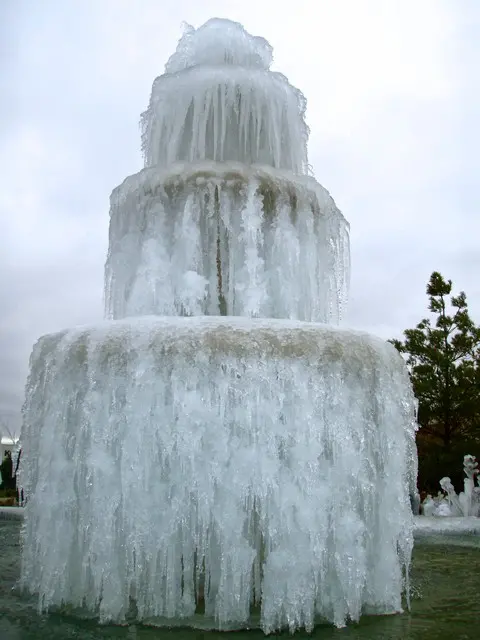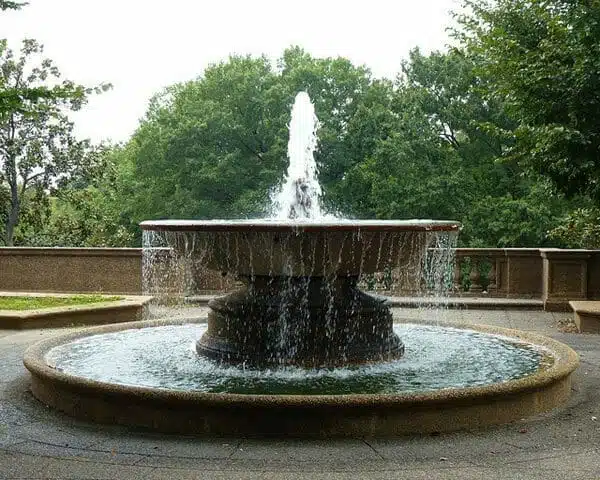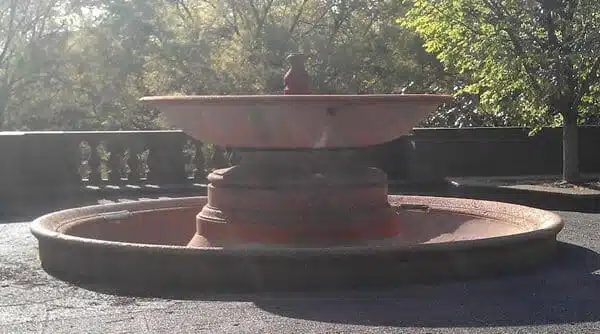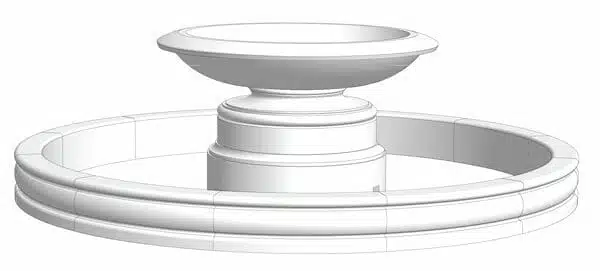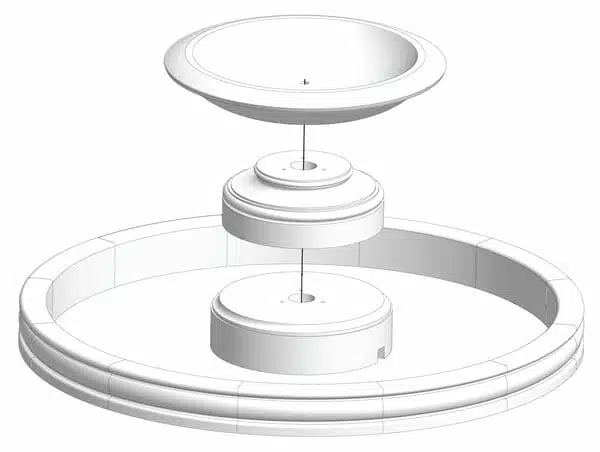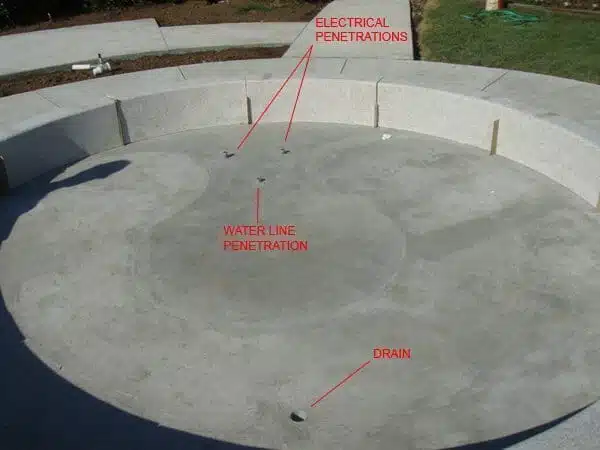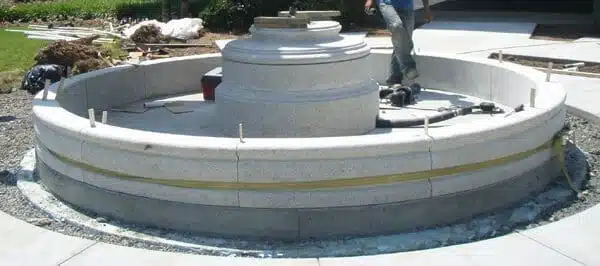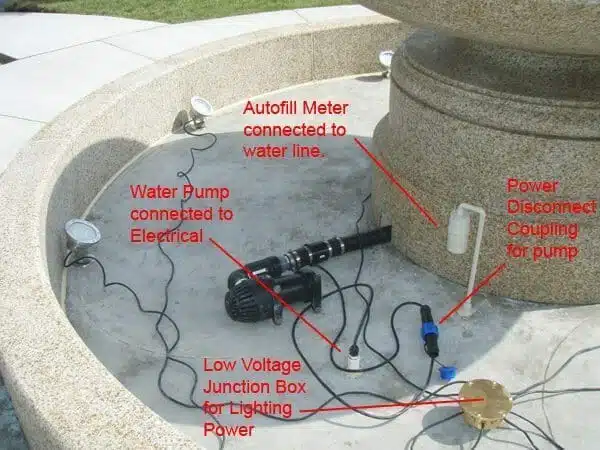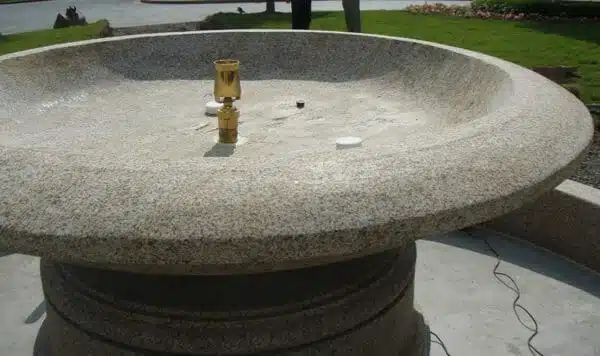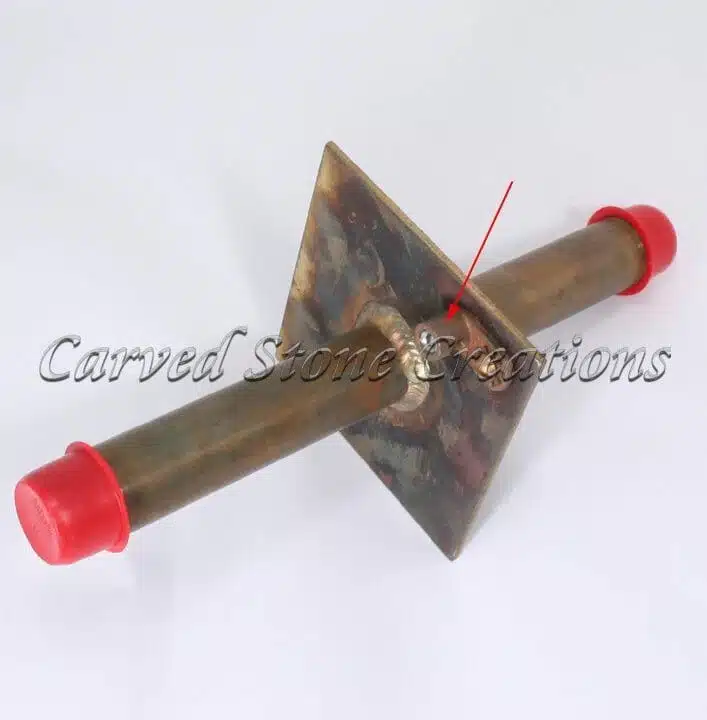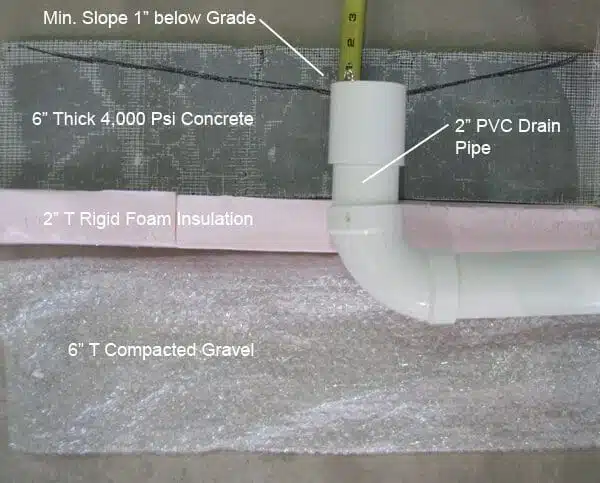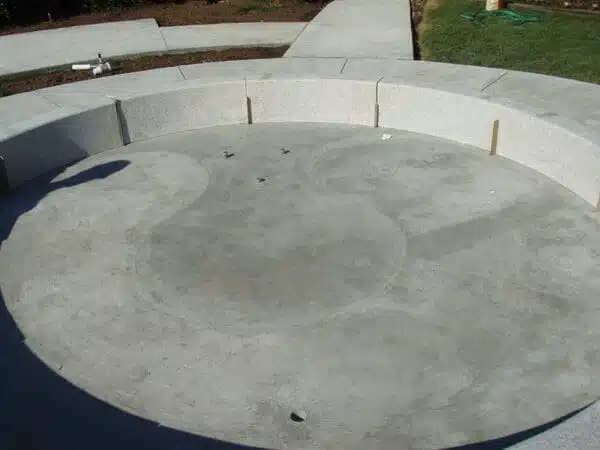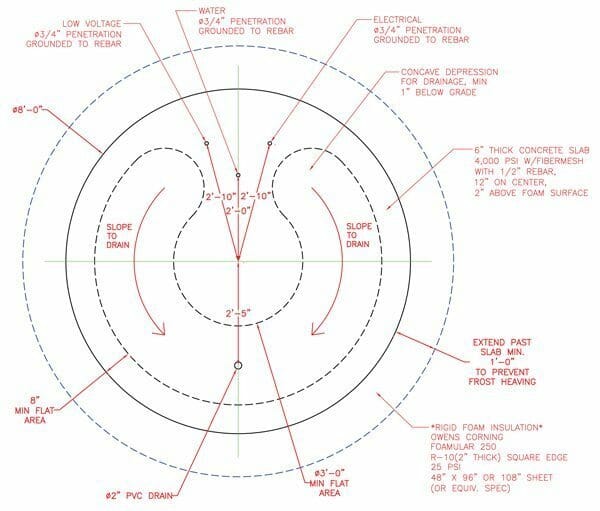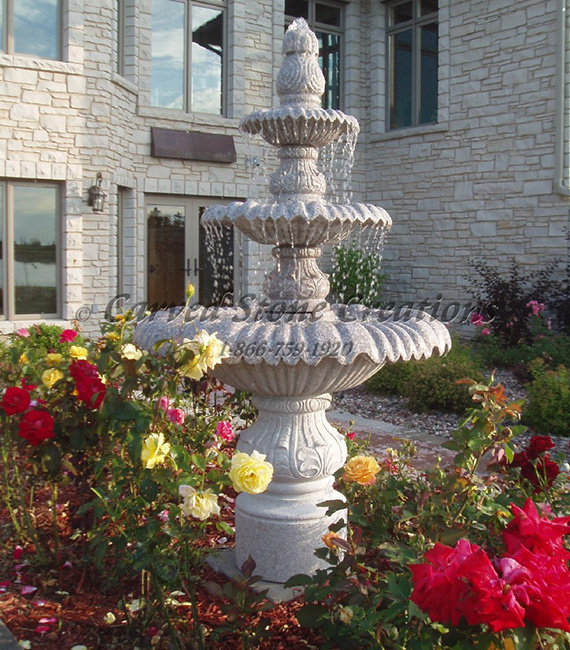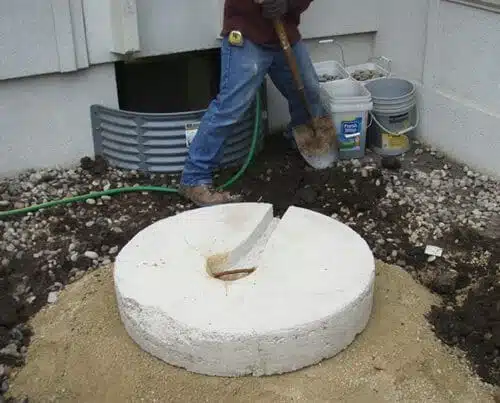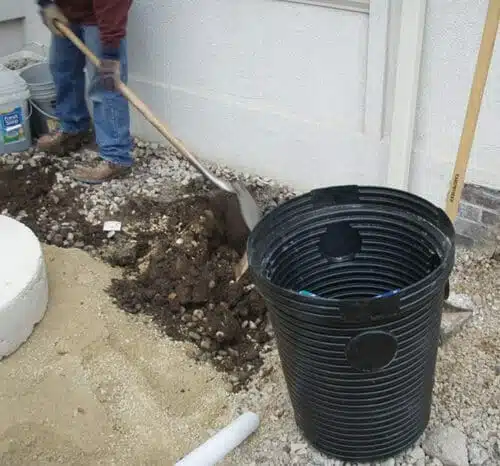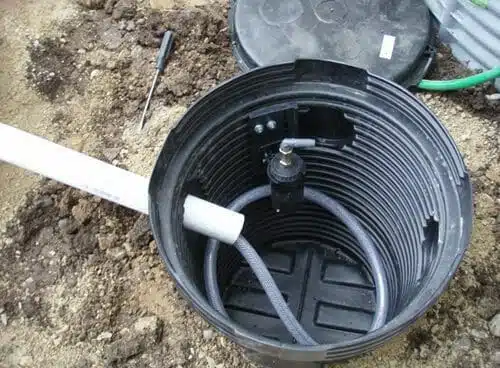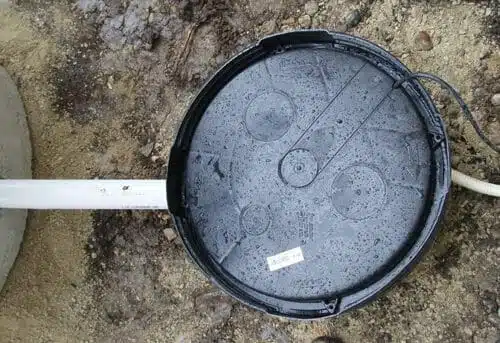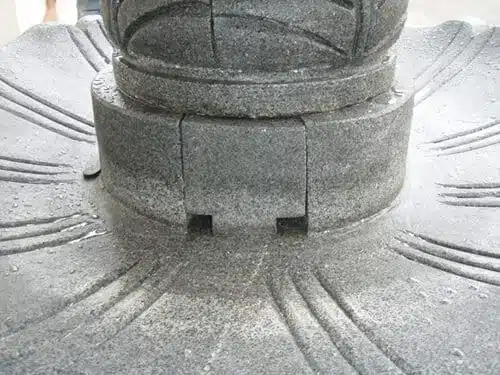Types of Water Fountain Pumps
The two main types of fountain pumps are submersible and non-submersible. Each water fountain pump serves certain advantages depending on the application and usage.

Submersible Pumps
The submersible fountain pumps are designed to be fully submerged underwater and need to be in order to keep them from overheating and burning up. These fountain pumps are directly placed into the fountain, pond vault, or in a skimmer box. The submersible pumps range from fifty to ten thousand gallons per hour (GPH). Submersible water fountains are easy to install and are an economic breakthrough for small fountains or ponds.
Pumps for small fountains can handle up to one thousand gallons of water. Submersible pumps are quiet in their work and can also drain the ponds and fountains. If you are keeping fish, plants, or other aquatic life in your fountain, you should go for the model that does not use oil because seal breakage can pose severe risks for the organisms.
Non-submersible Pumps
Non-submersible pumps are efficient in energy consumption and are a reliable option. These pumps are to be installed in a dry location near the fountain. Typically in our fountain installations, a non-submersible pump is placed in an underground vault adjacent to the fountain and used in commercial installations, or in instances, you do NOT want a pump visible in the fountain pool, for hooligans to possible mess with or break, or children to trip over in wading in the fountain.
Non-submersible pumps are in the open and can be louder when in action. These pumps are more complicated to implement and install than a submersible pump. Both kinds of pumps need to be cleaned/maintained during the fountain season though. And the easier thing about a submersible pump is that you can visually see the pump in the pool, and therefore know when it’s starting to get covered with chalky calcium scale on the outside of the pump. (As that is indicative of what’s also likely occurring INSIDE the pump, where it matters!) So, if it’s turning white on the outside of the pump – that’s your queue to take the pump out and clean it (inside and out) before the impeller seized up inside the armature (armature being the cup that the impeller spins in to push the water.)
How Big You Should Go
The average working life for a small fountain pump is one to three years, but the working duration can be prolonged by upkeep and proper maintenance. (Vs. many of our larger pumps last much longer with good care though. The longest-lasting so far in one of our fountains was about 9 years before the pump had to be replaced.) The secret of having a perfect outdoor or indoor fountain is water quality and pump maintenance.
Maintenance is different for indoor and outdoor water fountain pumps, and it is common sense to take care of the element that makes your fountain beautiful and worthy. Outdoor fountain pumps need periodic cleaning because they are more likely to be clogged with debris. Therefore, sand, dirt, leaves, grass, etc., should also be wiped regularly from the fountain to keep it clean.
Similarly, indoor water fountain pumps don’t face harsh weather conditions, but those pumps also need cleaning over time, just based on the quality of water you are filling your fountain with. Depending on the style of the fountain, you may also need to adjust the noise levels to produce the most harmonious sounds coming from the water fountains.
Caring for Fountain Pumps
We have mentioned some guidelines for water fountain maintenance:
Make sure your outdoor submersible fountain pump is completely submerged in water.
Keep the pump clean from buildup and debris.
Keep the water fountain running at all times if possible.
Use distilled water for small fountains, as it makes maintenance easier.
Clean your fountain pump regularly.
How to Choose a Fountain Pump
Selecting the right size pump for your fountain involves many factors apart from the design or style. The factors that need to be considered for the correct fountain pump size are listed below:
Head Height
Maximum lift and head height rating are essential factors when sizing a pump. (Essentially the listed “head height” for a particular pump means that’s the max height it’ll pump water above the pump – before the water just stops moving completely.)
To measure the needed head height rating of the fountain, track where the fountain pump rests if its housing unit if it isn’t at the fountain base. Measure the height from where the fountain pump rests to the top where the spout or finial would be pouring water – at its highest part. This height will help you determine which specific pump would be appropriate for your fountain, based on its listed “head height.”
Controlling Water Flow
If you want the water to fall from the fountain spout gently, the pump head height should be just a bit taller than the vertical height of the fountain. Select the pump with a max height of several feet TALLER than the fountain finial for the intense gushing of water from the fountain spout
We can also use a valve or a flow reducer at the discharge point in the spout if you want to reduce the flow to just a trickle for a relaxing and attractive sound during social gatherings. The trickle produces a delightful sound from the water fountain, which might normally sound more like rushing water in a pounding rainstorm.
Calculating the Water
If you are not sure about the water capacity of the fountain or pond, you’ll need to figure it out. Knowing your fountain’s gallon capacity will help you choose the ideal and the best-suited fountain pump for your fountain.
First, measure the fountain’s length then multiply by the depth and width. Once you have the cubic inches/volume, divide that number by 231 to get the number of gallons of water in your pool. Or, if you would rather start with cubic feet, then multiply that number by 7.481 to get the number of gallons in your pool.
Things to Consider When Choosing a Pump
Before purchasing any product, we consider some factors in determining the right product for our application. Below we have listed the factors to consider while purchasing a fountain pump that works best for you:
Flow-rate
It is the effectiveness and efficiency of the fountain pump. Flow rate is how much time a water fountain pump takes to move a certain amount of water through your fountain. The amount is usually measured in gallons per hour here in the US, or gallons per minute, if it’s a very large/powerful pump.
Pump Quality
What matters is the brand of the water fountain pump. You need to go through necessary surveys, reviews, and research to analyze and determine the quality of the fountain pump. In our eyes, if a pump has a 3 year or 5-year warranty, you are pretty assured it’ll last quite a bit longer than the pumps that only have 90 days or 1-year warranty… (Of course, this is assuming you maintain and clean the pump as needed during the fountain season, as having a dirty pump that seizes up & stops working is never a situation the pump manufacturer will warranty.)
Conclusion
Pumps are much more than the majestic gurgling beasts they appear to be. They have the potential to help you optimize your fountain in terms of its beauty, sparkle, and water quality, saving you time and energy.
